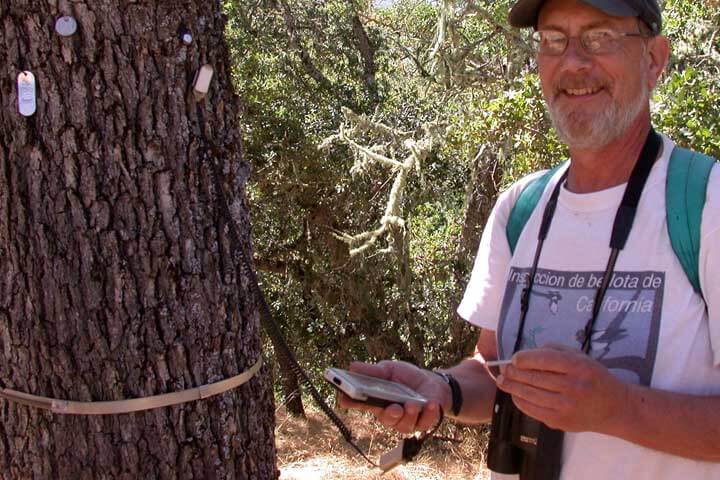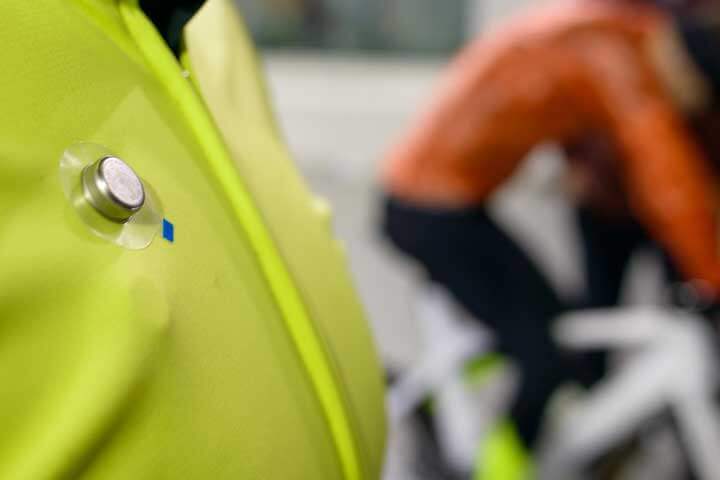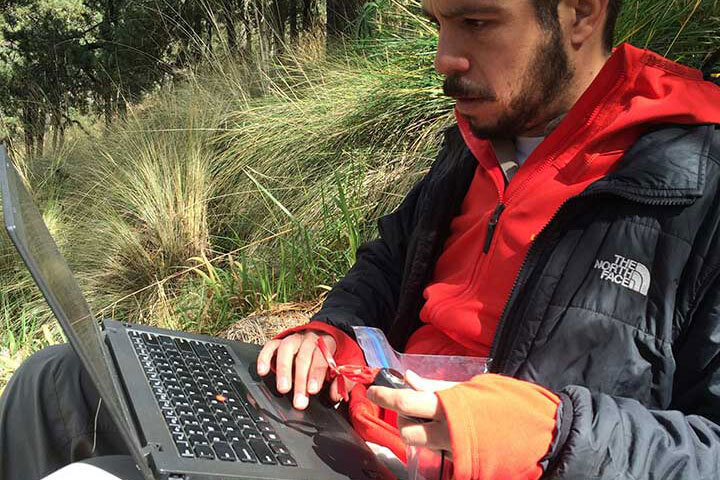Applications
Applications
Thermochrons can be used for many different scenarios. Some of the most common are:
Thermochrons for Research
Thermochrons are extremely popular with scientists, especially biologists, physiologists and botanists. The rugged, weather-resistant, stainless steel Thermochrons are ideal for tough research environments.
Case Studies
Treated Like a Queen
In North Carolina, NC State PhD student, James Withrow, is using Thermochrons to monitor the health of honey bees during transportation
The Mystery of Masting
In California, Walt Koenig is using Thermochrons to investigate the puzzle of why oak trees produce acorns some years and not others.
The Old Shell Game
At Benedictine U in Illinois, Dr Leigh Anne Harden has been using Thermochrons in her work with turtles for over a decade.
Riding in Style and Comfort
Pearl Izumi uses Thermochrons to help them manufacture comfortable cycling apparel.
A Mountain of Data
Paulo Quadri’s research into the effects of climate change on mountain forests uses Thermochrons to monitor microclimates.
PlaceHolder
Refrigerator Temperature Monitoring
If you work with food, it’s crucial to ensure it hasn’t been in the temperature danger zone of 41°F to 140°F for too long. To accomplish this, you need a Refrigerator Temperature Monitor. Traditional thermometers require manual checks, which can be inconvenient, especially during off-hours or when no one is present. Moreover, factors like power outages or equipment malfunctions can compromise food safety. A modern solution is the Temperature Logger, exemplified by products like the Thermochron temperature logger. This small, battery-powered device records temperatures automatically at regular intervals (e.g., every 5 minutes) and allows for easy review on a computer. We’ve been supplying these devices for almost two decades, and countless customers have shared stories of how they’ve safeguarded their businesses.
Here’s one example of someone from a Catering Company that recently contacted us:
“We operate several cool rooms and freezers and the Thermochrons do the job for us without us needing to think or worry. We can easily monitor temperatures on a daily or weekly basis. We would recommend Thermochrons to any business that requires accurate temperature logging.”
And another from a Meals on Wheels provider:
“We do Meals on Wheels service and check the temperatures of meals from the time they leave our kitchen (dished into containers) to the time the delivery people finish delivering. We were told about the Thermochrons by the WCC Health Department. They are a good size unit which fits into the containers. They have been able to assist us in developing plans to keep the food hot/cold for our Meals on Wheels clients.”
PlaceHolder
Cold Chain Monitoring
Maintaining a proper Cold Chain Monitoring system is crucial to ensure that your temperature-controlled supply chain stays within its designated temperature range. This is especially important for the transportation of pharmaceuticals, fresh food, and chemicals.
How do you validate the quality of your cold chain, and ensure your goods are always within their acceptable range?
Despite assurances from shipping companies, issues in the cold chain are not uncommon. Goods can arrive damaged even when the correct temperature is purportedly maintained throughout transit.
A practical solution is to employ temperature data loggers. These compact, battery-powered devices can be placed inside your shipment, and the collected data can be analyzed upon arrival. By utilizing a computer, you can visualize a temperature graph depicting each stage of the journey. This simplifies cold chain validation and bolsters your quality assurance process.
An example from one of our customers highlights the effectiveness of this approach. By placing a logger in their shipping container bound for Japan, they quickly identified and addressed the source of the problem, saving thousands of dollars in damaged products and preserving their reputation. A modest investment yielded significant returns.
Consider exploring the Thermocron range of Temperature Loggers. These devices, some as small as a coin, can protect you from substantial losses due to destroyed stock. Additionally, models are available that measure both temperature and humidity, providing comprehensive monitoring capabilities.
Find problems, before they become problems.
Save money. Save your reputation.
PlaceHolder
Vaccine Storage Temperature Monitoring
The best temperature to store vaccines is between 35°F and 46°F. If it’s warmer, the vaccines can spoil faster, and if it’s colder, they might freeze and become useless. If any vaccines were stored at the wrong temperature, you should contact the supplier right away and might need to report it to the government.
You can keep vaccines in a regular fridge or a special vaccine fridge. But even with the right fridge, temperatures can change without you knowing. That’s why it’s smart to use a temperature logger, like a Thermochron, to make sure the temperature stays steady in the fridge.
Temperature loggers keep track of temperatures all the time, even if the power goes out. When you plug a Thermochron into a computer, you can quickly check graphs to see if the vaccines stayed safe. It only takes a few minutes and can be done whenever you want. And since a Thermochron costs less than $100, it’s a small price to pay for peace of mind. You won’t have to worry about your vaccines going bad anymore.






